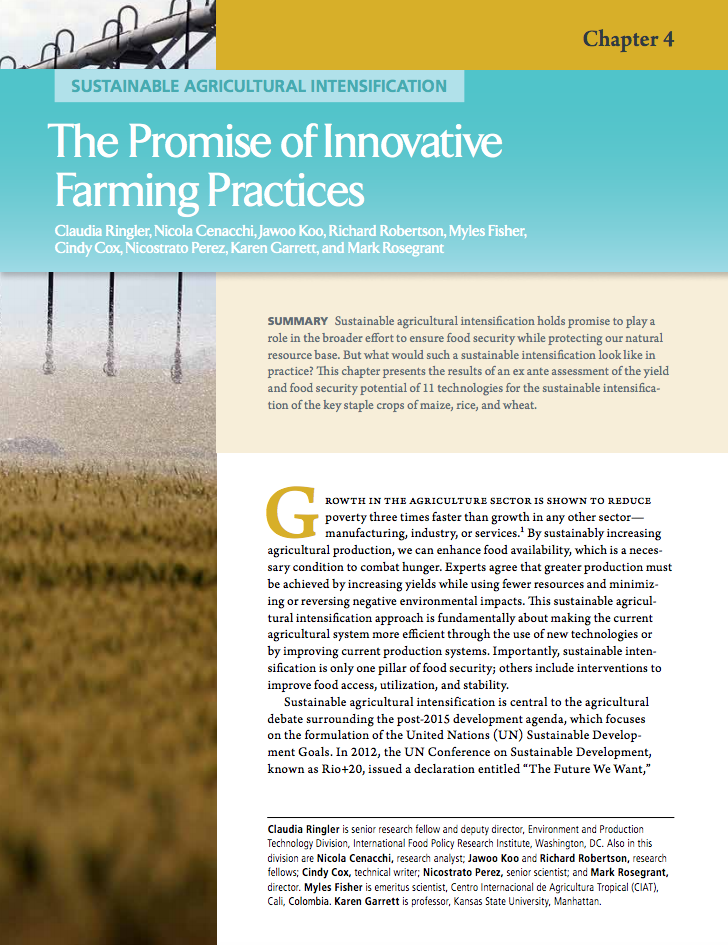Resilience for food and nutrition security
Economic shocks including food price shocks, environmental shocks, social shocks, political shocks, health shocks, and many other types of shocks hit poor people and communities around the world, compromising their efforts to improve their well-being. As shocks evolve and become more frequent or intense, they further threaten people’s food and nutrition security and their livelihoods.






